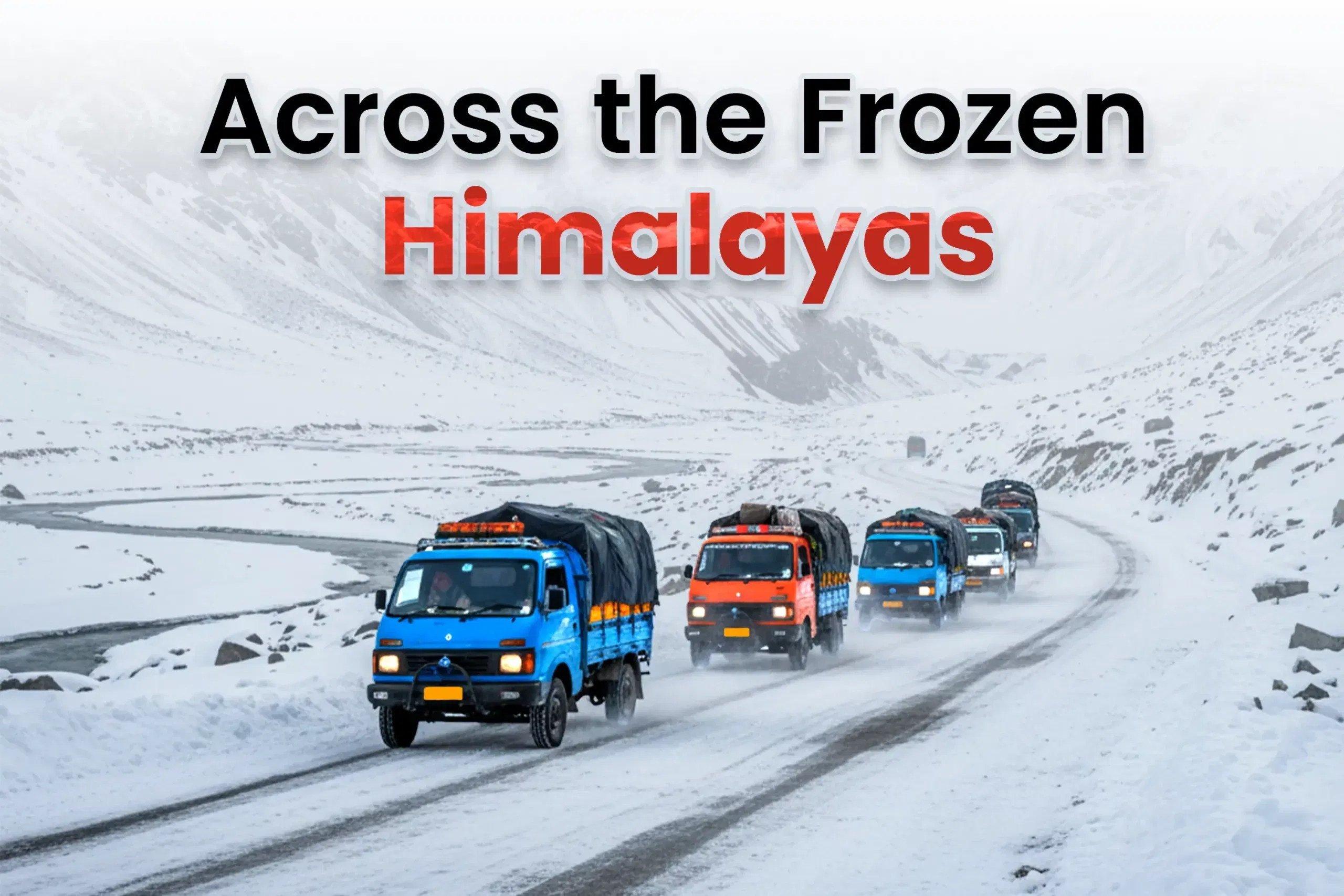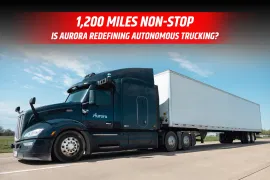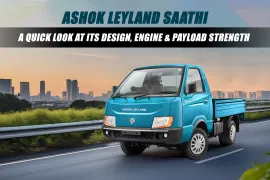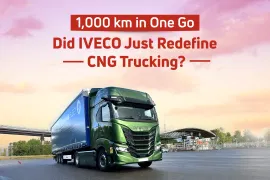Winter begins early and lasts long in Ladakh, usually from the end of October until April. The region, for this period of time, turns into one of India's most isolated areas. Major mountain passes close down during that time due to heavy snowfall and dangerous road conditions. While air transport is both limited and expensive, small trucks are the main mover of winter logistics to ensure that essential goods keep on reaching remote villages and towns.
The reason for this is that small trucks, especially the ones equipped with 4x4 hardware, can handle the difficult terrain of Ladakh much better than bigger ones. The roads are narrow, steep and full of sharp hairpin bends. During winter, they are even more challenging due to ice, packed snow, and reduced visibility. For better manoeuvrability, smaller vehicles require less road width, hence becoming more reliable when the surface becomes slippery or when snowbanks restrict movement on both sides.
Extreme cold significantly impairs vehicle performance. Diesel tends to thicken at sub-zero temperatures, which makes it harder for engines to start. Tyres lose elasticity, reducing grip on icy surfaces. Battery performance declines too, contributing to the chances of breakdowns. To cope with this, drivers and mechanics maintain an extremely strict routine. Engines are warmed before early morning departures, oil and coolant levels are checked more frequently and anti-skid/snow chains are fitted on stretches of heavy snow or black ice.
Roadside mechanics are vital to ensure that transport continues running. Most set up makeshift workshops along and around the highways, utilizing portable heaters, blowtorches, and insulated toolkits. Repairs need to be quick since prolonged exposure to cold affects tools and materials alike. Issues they have to deal with range from frozen fuel lines to battery failure, tyre punctures, and brake adjustment. Since spare parts may not be readily available in winter, on-the-spot remedies are usually devised by the mechanics as a practical way out to keep vehicles running.
Besides the problems with vehicle maintenance, drivers have many more challenges. The weather conditions around Ladakh can change rapidly: a beautiful day may turn into a snowstorm or strong winds, reducing visibility instantly. A clear road may block within minutes. The driver is supposed to take a view based on weather reports, coordination with local authorities, and experience to decide whether to proceed further or not. Slope, hairpin bends, and frozen water crossings require driving slowly and in control. Overbraking leads to skidding, and extra speed can kick off the vehicle from the narrow track. Most drivers go through training with regard to balancing speed and traction, especially in high-risk sections.
These trucks carry vital supplies for daily survival during winter. The load generally consists of food grains, vegetables, fuel cylinders, kerosene, medicines, warm clothes, and teaching aids. The remotest villages accordingly plan their winter stock depending on the truck schedules. Drivers, when the weather is clear, try to make as many trips as possible so that the communities get adequate supplies before the onset of the next snowfall or before the roads get closed. Any delay in these supplies could impact schooling, health centers, and household requirements.
It is coordination between transport workers, local authorities, and village committees that keeps the supply chain operational. While the authorities keep a close watch on the road conditions and undertake snow-clearing operations, drivers and mechanics ensure that their vehicles are winter-ready. The result: a continuous flow of essentials does not break, despite everything.
In all, the logistics of winter in Ladakh rely on resilience, preparation, and teamwork. It is small trucks, though rather limited in capacity, that form the lifeline of transport during these months and help keep the region connected when both weather and terrain are harshest.
For more articles and news, stay updated with 91trucks. Subscribe to our YouTube channel and follow us on Facebook, Instagram and LinkedIn for the latest videos and updates from the automotive world!
Also Read:
How Vinod Turned His Tata Ace into a ₹1 Lakh/Month Food Truck: A Business Guide for Truckers
Trucking in Northeast India: Why Isn’t It Like the Rest of the Country?
Web Stories
Latest Trucks News
Categories
91trucks is a rapidly growing digital platform that offers the latest updates and comprehensive information about the commercial vehicle industry.









